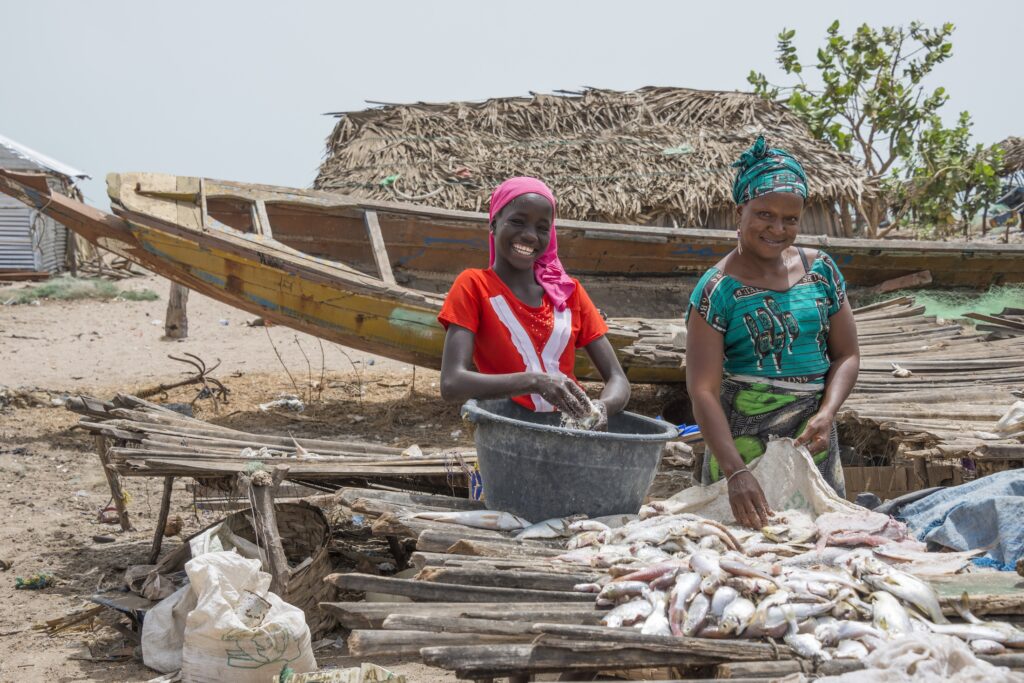The Sundarbans forest faces threats such as over-exploitation of resources, changes in land use, rising sea levels and unregulated tourism. These threats have led to a decline in biodiversity and ecosystem health, jeopardising the livelihoods of people who directly or indirectly depend on the Sundarbans natural resources.
This project will be implemented in two districts of the Sundarbans region, targeting 20 hectares of land for mangrove ecosystem restoration, 500 households, and 20 schools. These communities are heavily reliant on Sundarbans Forest resources for their livelihoods.
The project will particularly focus on women, the most impoverished and vulnerable group, through livelihood interventions with a focus on producing sustainable mangrove based products. The project will also provide improved cookstoves and solar lamps to reduce the demand for mangrove fuelwood / charcoal and CO2 emissions. By adopting a holistic approach, the project will link riverbank community-based mangrove restoration and protection with improved livelihood incomes and environmental education for students and youth. This integrated strategy aims to enhance biodiversity, support sustainable community well-being, and build resilience against climate change in the Sundarbans region.



© Department of Environment, Food and Rural Affairs (Defra)
All content is available under the Open Government Licence v3.0 except where
otherwise stated.
